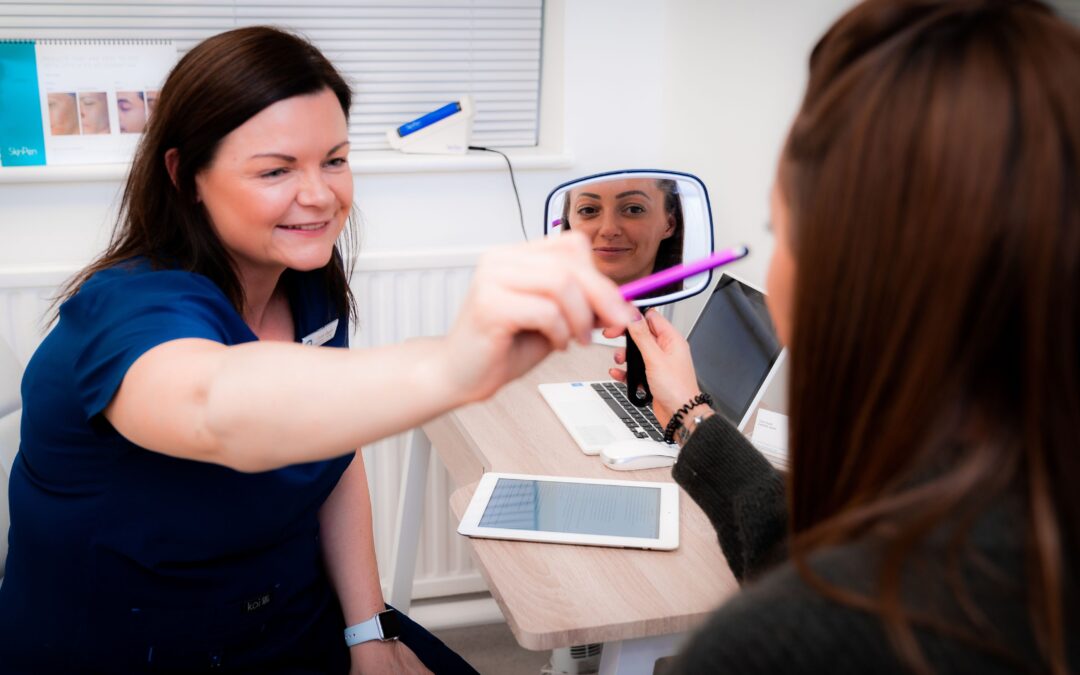The landscape of facial aesthetics has undergone significant evolution in recent decades, with a newfound emphasis on adhering to fundamental principles to achieve a naturally balanced appearance.
The Pitfalls of Chasing Lines: A Historical Perspective
Historically, the approach often involved merely addressing visible lines and wrinkles, overlooking the underlying factors contributing to facial aging. Unfortunately, this outdated practice persists among many practitioners today, resulting in unnatural outcomes that deter others from seeking treatments.
The Core Principles: A Blueprint for Natural Beauty
1. Prioritise Skin Quality
Before addressing any specific concerns, it’s imperative to ensure the skin’s overall health and vitality. This involves assessing factors such as texture, tone, elasticity, and any existing issues like scarring, enlarged pores, or pigmentation irregularities. Think of it as preparing the canvas before applying any artistic strokes.
2. Restore Volume and Structure
As we age, our facial volume diminishes, leading to sagging and hollowing in certain areas. Addressing volume loss and structural changes is essential for achieving balanced proportions. Similar to renovating a house, this step involves rebuilding the foundation and framework to support the overall structure.
3. Refine Lines and Wrinkles
While often the focal point, addressing lines and wrinkles should complement the broader strategy rather than being the sole focus. Think of it as the finishing touches, akin to smoothing out imperfections after laying a solid foundation.
The Holistic Approach: Crafting a Personalised Treatment Plan
Each of these principles encompasses various considerations and nuances, requiring a comprehensive approach tailored to individual needs. A modern and professional assessment considers all these factors to devise a personalised treatment plan aimed at enhancing natural beauty gradually over time.
Continuous Evaluation and Adjustment: The Key to Timeless Results
Aesthetic practitioners should prioritise ongoing evaluation and adjustment, ensuring that the treatment plan evolves alongside the patient’s changing needs. The ultimate goal is to achieve a refreshed and rejuvenated appearance that exudes confidence without appearing artificially enhanced.
Conclusion
By embracing these principles and adopting a patient-centric approach, individuals can confidently embark on their facial aesthetics journey, secure in the knowledge that their results will be both natural and harmonious.
Ready to embark on your journey towards natural facial aesthetics? Let us guide you through the process. Click here to schedule a consultation with our experienced practitioners today. Together, we’ll craft a personalised plan to enhance your natural beauty, ensuring timeless and harmonious results.

